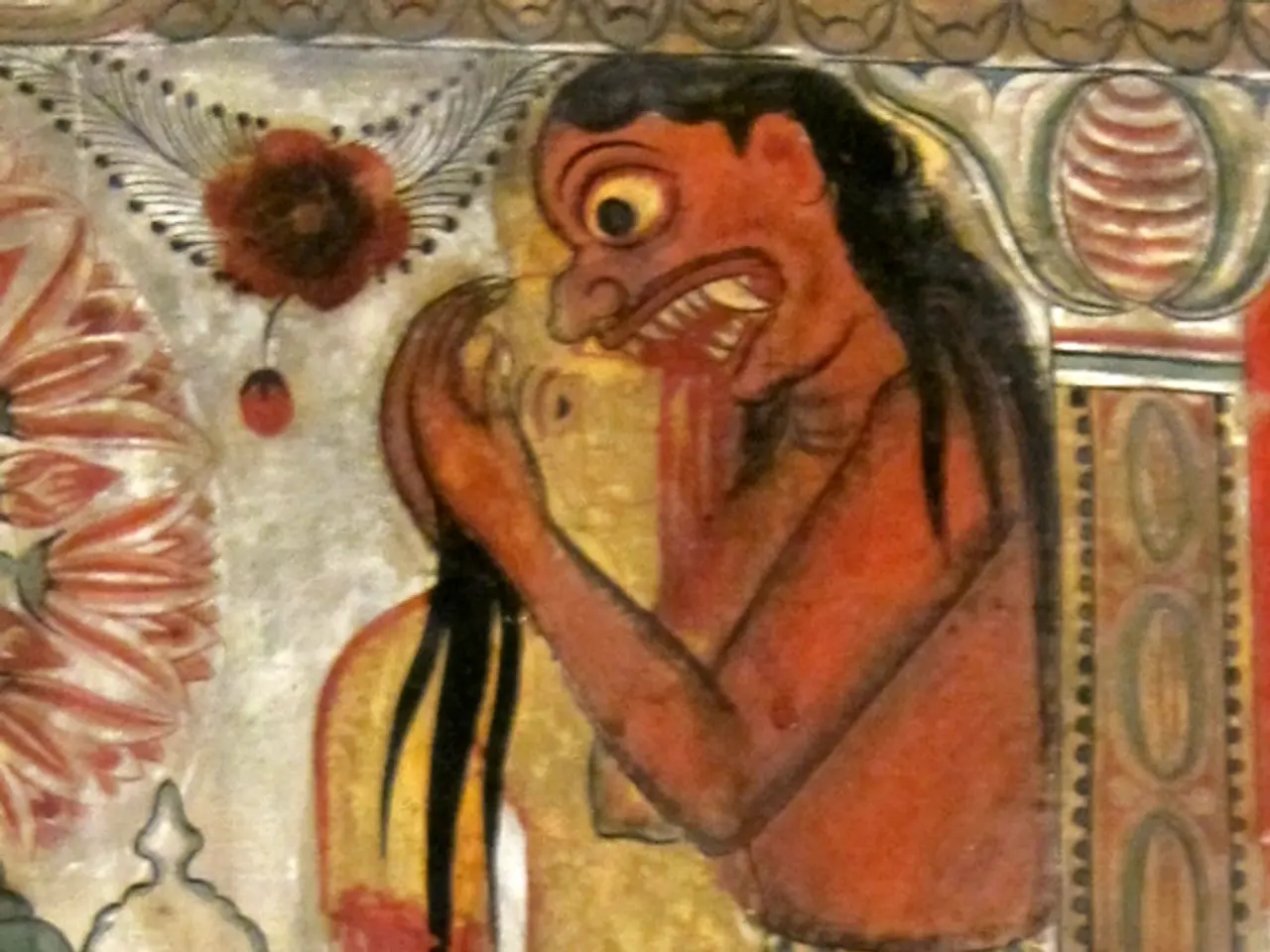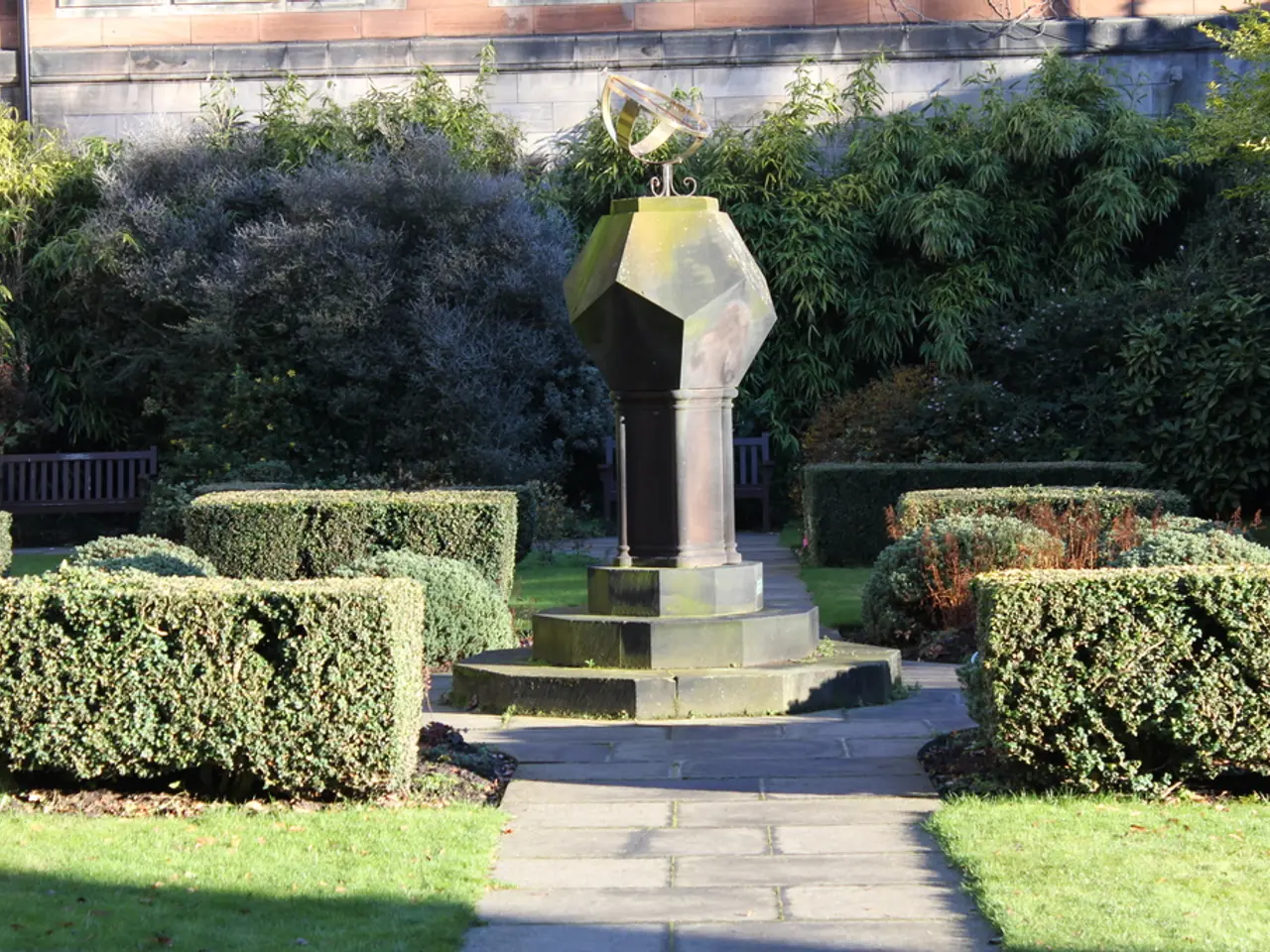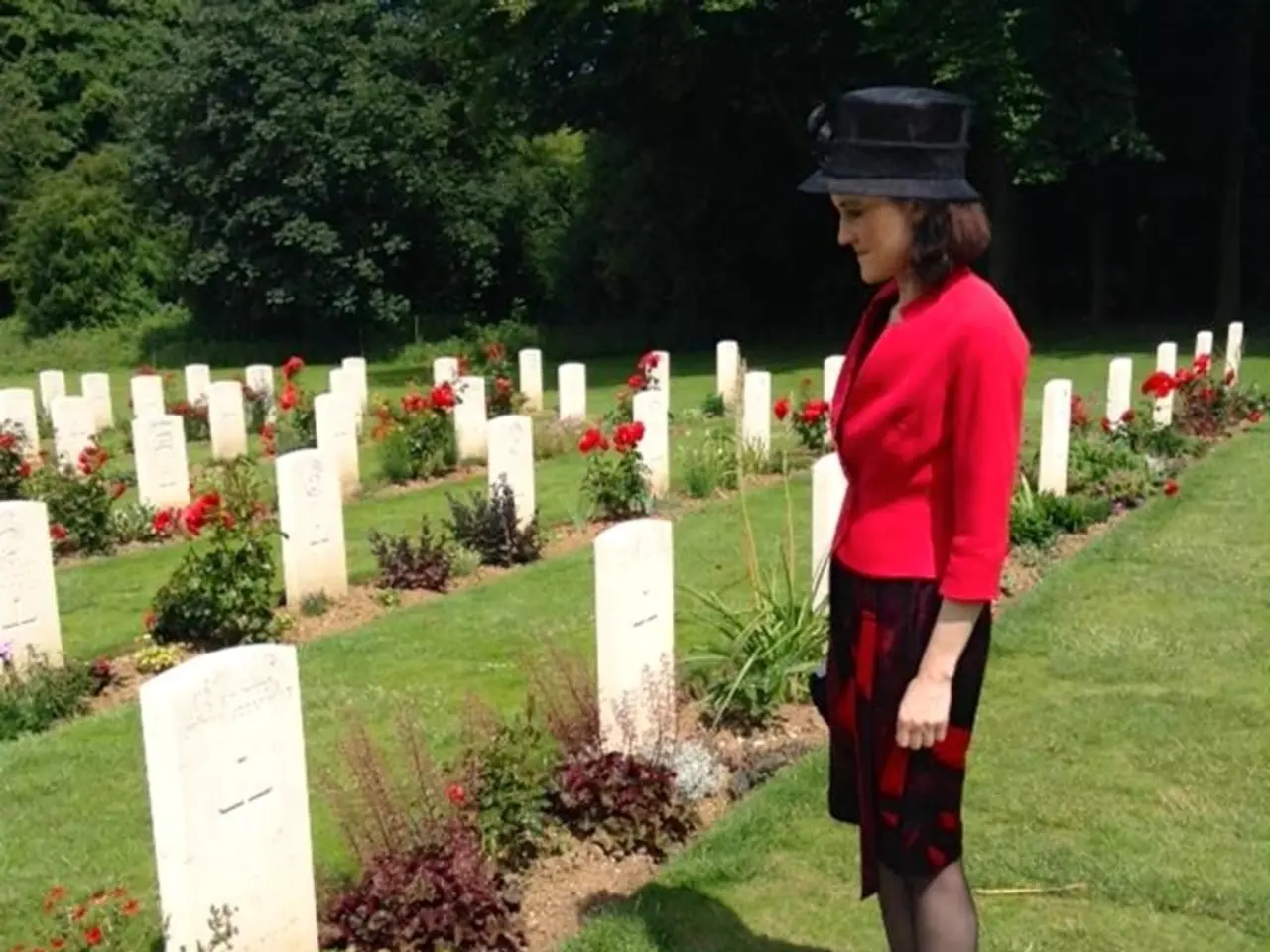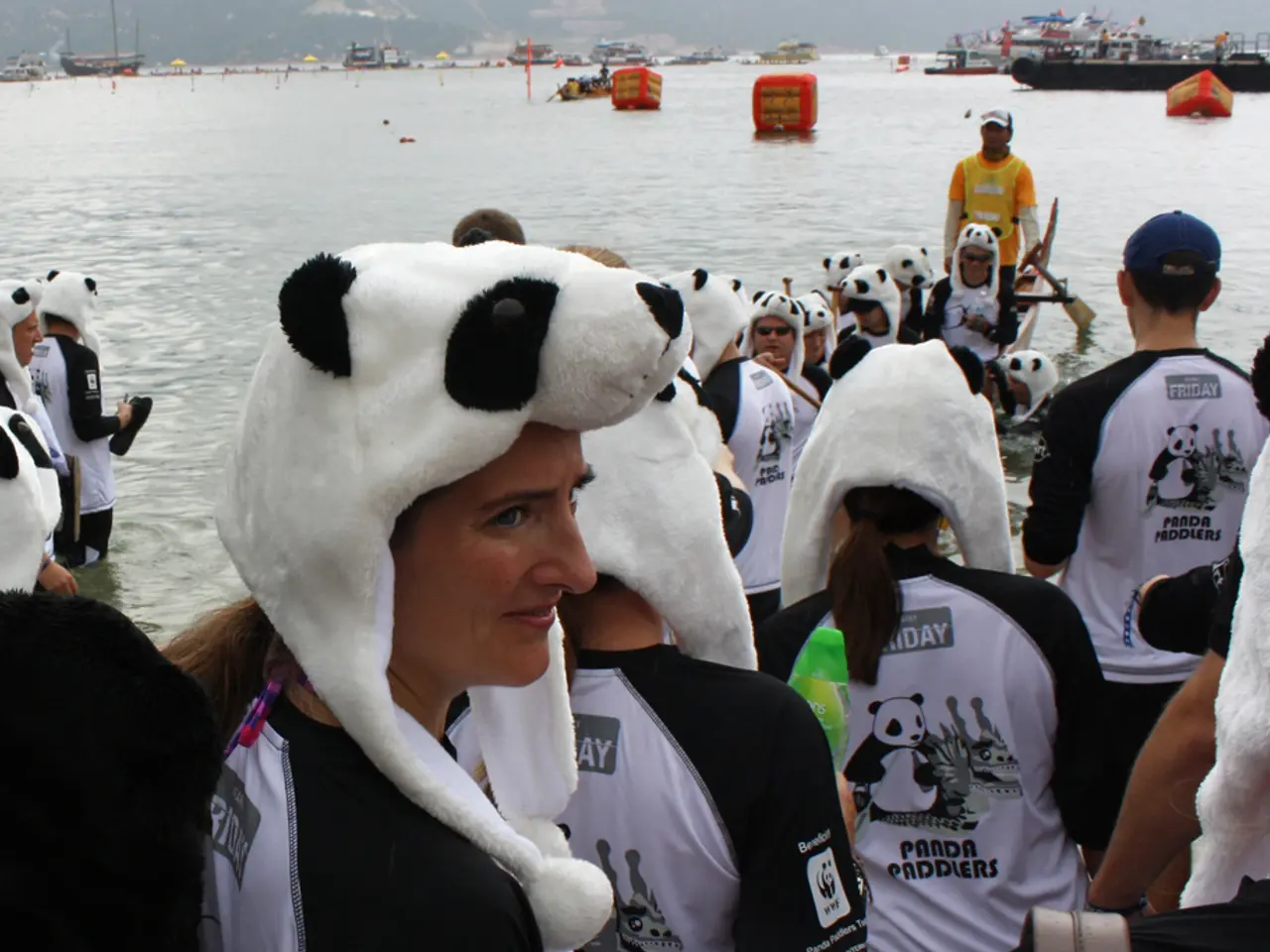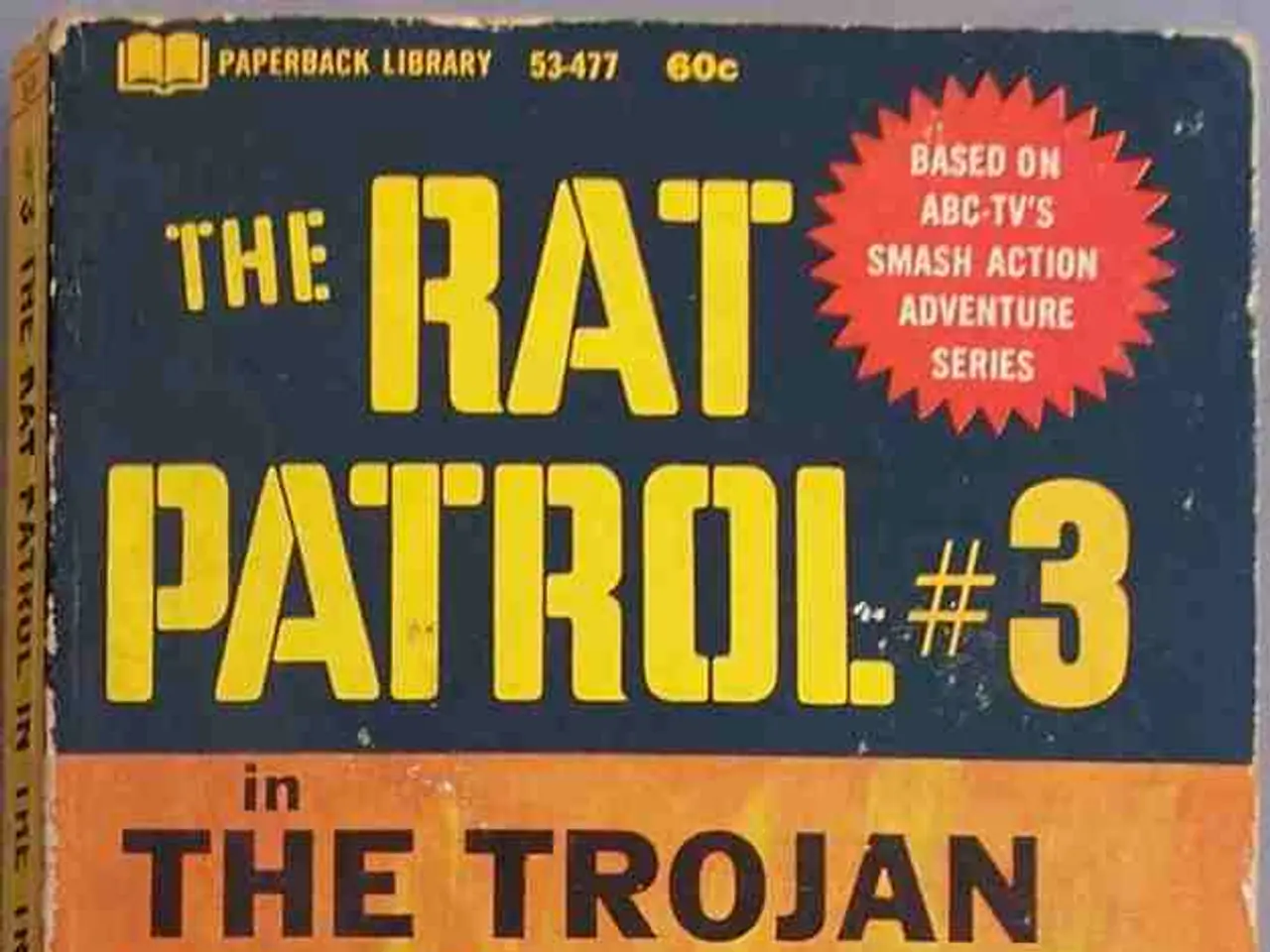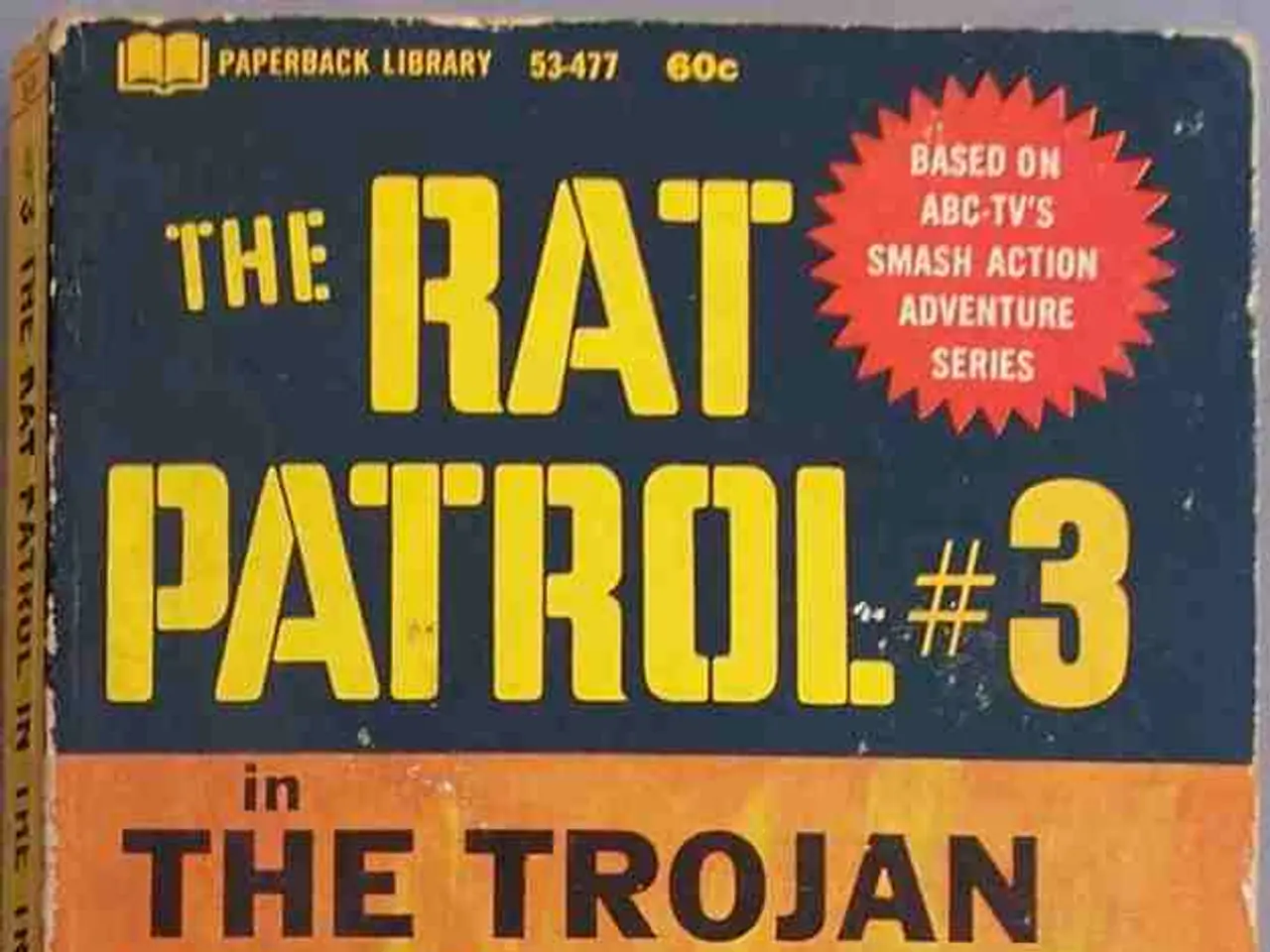Exploring the Unique Visuals of Wes Anderson: Breaking Down His Creative Decisions
==================================================================================
In the realm of contemporary cinema, Wes Anderson stands out as a unique visionary, renowned for his distinctive visual style. His films, such as "The Grand Budapest Hotel" and "Moonrise Kingdom," are intricate tapestries woven with meticulous attention to detail, creating richly textured, iconoclastic cinematic worlds.
Anderson's films are instantly recognizable due to their distinctive color palettes, which often evoke a sense of timelessness. Muted pastels, vintage yellows, and rich, saturated tones are meticulously selected to convey mood and emotion. Each character's costume is more than just clothing; it serves as an extension of the character, enhancing individuality and emotional state. Many costumes feature vintage designs, lending a timeless quality to the characters and setting.
Accessories and clothing in Anderson's films often carry symbolic weight, offering deeper insights into the characters' personalities and journeys. In "The Grand Budapest Hotel," slow-motion is used to emphasize the absurdity and elegance of the characters' actions, adding a layer of whimsical surrealism.
Anderson's frames are like meticulously crafted paintings, each detail deliberately placed to achieve a sense of harmony and balance. His films are known for their obsession with center-framed shots, which create a sense of symmetry and order. Key elements of these shots include bold color palettes, perfectly aligned characters and objects, and intricate set designs.
The symmetry and strict compositions in Anderson's films lend them a distinct, orderly aesthetic that contrasts and heightens the underlying emotional or narrative disorder. This careful framing transforms drama by preserving objectivity and allowing stories and character emotions to emerge subtly.
Anderson's compositions are often richly layered with handmade art direction, miniatures, and stop-motion animation, further enhancing the sense of a crafted, intimate world. His artistic choices, including symmetrical compositions, vibrant color palettes, and whimsical set designs, interact to create films that are visually striking and emotionally resonant, blending whimsy with melancholy.
Anderson often uses a specific color palette for each character in his films, using color not merely decorative but as a narrative tool. Reflecting character development, setting, and era, and contributing symbolism, color serves as a powerful tool in Anderson's storytelling arsenal.
These techniques not only make Anderson's films visually striking but also contribute to the storytelling by reinforcing themes of order and chaos, control and freedom. The symmetry in Anderson's films does more than create visual appeal; it functions narratively by emphasizing the tension between external order and internal chaos or emotional complexity in his characters and stories.
In summary, Anderson’s color palettes, symmetry, and composition interact to create films that are visually striking and emotionally resonant, blending whimsy with melancholy in richly textured, iconoclastic cinematic worlds. His films are a testament to the power of artistic choices in storytelling, offering a unique and captivating viewing experience.
- In the realm of modern entertainment, movies-and-tv, a notable filmmaker, Wes Anderson, is celebrated for his unique directorial style, creating distinct film scenes that resonate with critics and cinema enthusiasts.
- Anderson's animated scenes, like those in 'The Grand Budapest Hotel' and 'Moonrise Kingdom', display a level of detail that immerses audiences in evocative, intricate movie worlds.
- The film festival circuit eagerly anticipates each new Anderson movie release, promising a review that delves into the imaginative animation, symbolic costumes, and elaborate set designs.
- The use of symbolic accessories and clothing in Anderson's scenes adds depth to character development, offering a fresher perspective on personality and emotional journeys.
- In the animated scenes of 'The Grand Budapest Hotel', slow-motion is expertly employed to accentuate absurdity and elegance, introducing a layer of surrealism that intrigues cinema critics.
- Anderson's animated scenes are a harmony of handmade art direction, miniatures, and stop-motion animation, immersing the audience in a lavish, intimate cinematic vision, rich in both whimsy and introspective melancholy.
